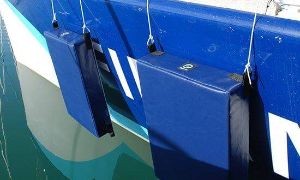-1.jpg?width=495&height=371&name=Main%20image%20(4)-1.jpg)
The practice of kedging has been used for hundreds of years as a method of manoeuvring or orienting a sailing vessel against tide and wind. A kedge anchor is typically smaller and lighter than the primary anchor, making it easier to handle. Modern cruising yachts continue to use kedge anchors for a variety of purposes including to provide additional holding power in strong wind or to maintain the alignment of the vessel in a narrow anchorage where there is not room to swing. In this blog we look at how racing boats use kedge anchors to hold fast in light wind and adverse current.


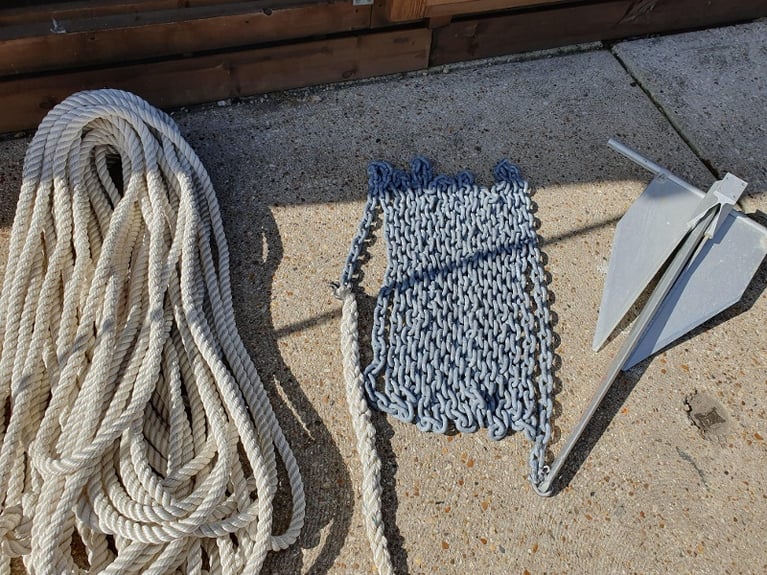
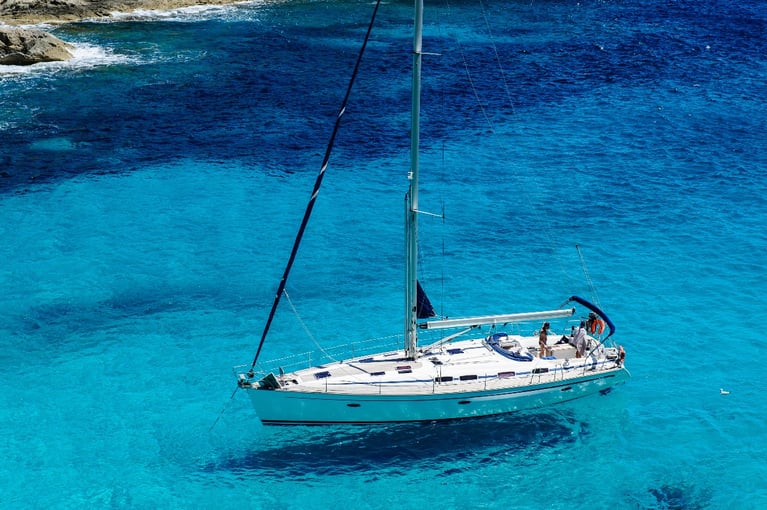
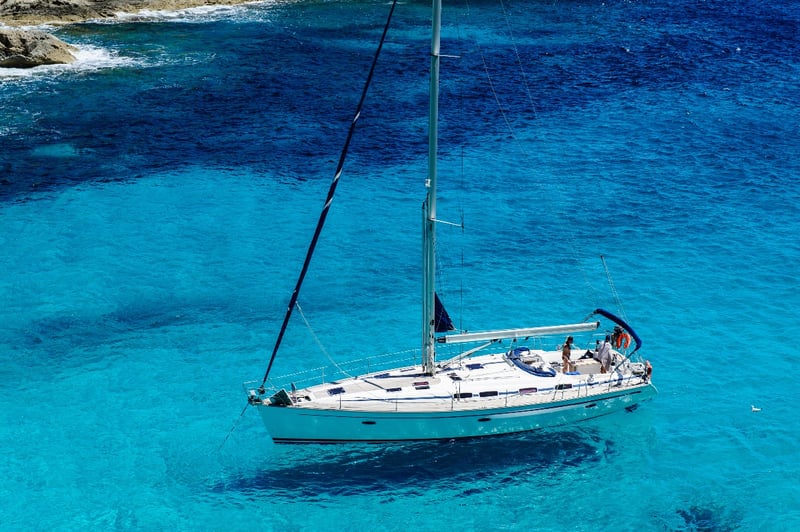
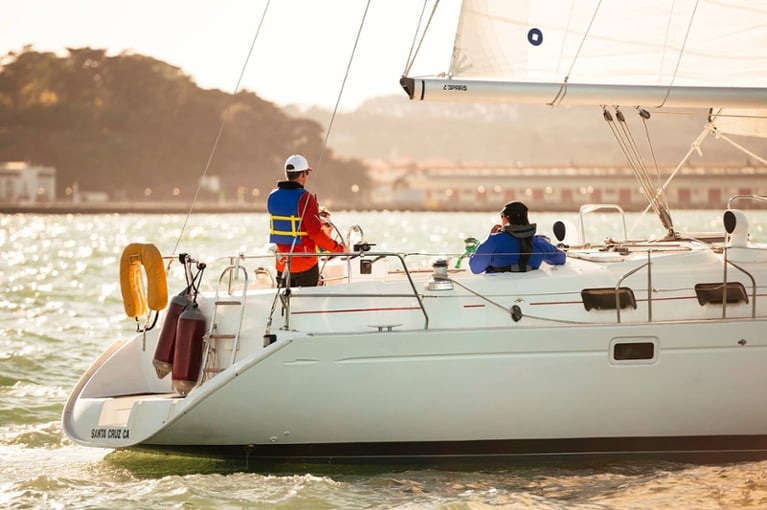
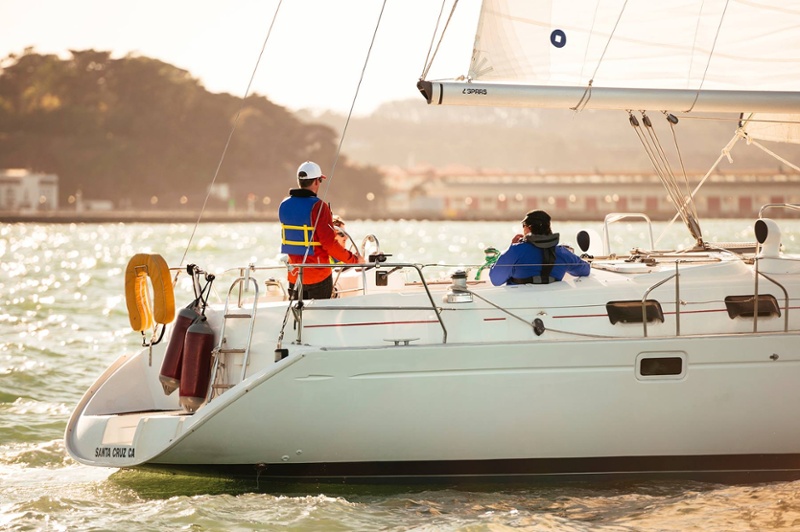
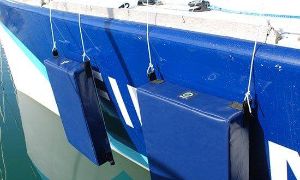

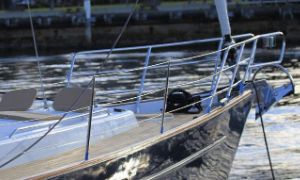
-min.jpg?width=800&name=My%20project-1%20(5)-min.jpg)
